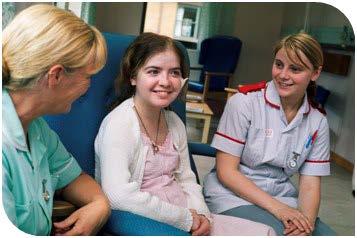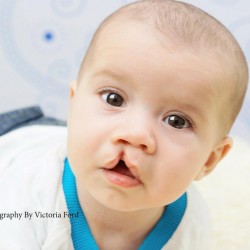
Top Twelve Uncertainties About Cleft Revealed
On behalf of the Steering Committee of the James Lind Alliance Cleft Priority Setting Partnership, we are pleased to announce that the list of the ‘Top 12 Uncertainties’ about cleft lip and palate has been finalised using input from individuals living with a cleft, their families and clinicians.
About the James Lind Alliance Cleft Priority Setting Partnership
The JLA Cleft PSP began in June 2011 with a launch to people affected by cleft and clinicians followed by a survey in Sept 2011 to collect all the unanswered questions that people had about any aspect of cleft lip and palate, in order to get a clear idea of what the priorities were for future research into cleft lip and palate. This survey was a huge success and produced nearly 600 questions, which were then analysed by the Steering Committee to ensure these were actually unanswered questions and that none were duplicated.
With CLAPA’s help, many different people (affected by and involved with cleft) were invited to put these questions in order of what they thought should be the most important priorities for future research, creating a final shortlist of 25-30 questions.
In October 2012, at the final workshop, this shortlist was discussed at length by equal numbers of health professionals and people affected by cleft, and by the end of the day they had jointly agreed a list of the top 12 most important ‘unanswered questions’.
The final list is the outcome of this exciting project, which has encouraged strong and enthusiastic engagement across the cleft community thanks to the rigour and transparency of the JLA process, and CLAPA is thrilled to have been a part of it.
About the Top 12 Uncertainties
This list of unanswered questions is intended to be a clear summary of the shared priorities for research in the field of cleft lip and palate and it will continue to be distributed widely. It cannot fully reflect the wide range of views and opinions held by the people that contributed, still, this list will be a very useful contribution towards the exciting research strategy that is developing in the UK, and it has also helped patients and their families to get closer to this strategy.
There is a huge amount we can learn from this list, as well as the issues that came up during the process of its creation, and the Steering Committee will continue to work to make this accessible to the public and the UK Cleft Community.
Please feel free to share, read and discuss this final list!
The Top 12 Priorities for Research in Cleft Lip and Palate
- What types of psychological intervention (individual therapy, community or school based) and at what time (from diagnosis to adulthood) are most helpful for patients with a cleft of the lip and/or palate and their families?
- What are the educational, employment and personal (eg relationships) outcomes for individuals with a cleft of the lip and/or palate during childhood, adolescence and in the long term?
- What is the best protocol for primary repair of both the lip and palate, including technique/timing and sequence?
- In individuals with a cleft of the lip and/or palate when is the most effective age to begin speech therapy?
- What is the best treatment for otitis media with effusion (glue ear) in individuals with a cleft of the lip and/or palate?
- Can stem cells be used to improve palate repair (both primary and secondary)?
- What interventions would enhance the educational outcomes for children with a cleft of the lip and/or palate?
- What is the impact of having a baby born with a cleft of the lip and/or palate on maternal/child attachment?
- What is the best way to manage infants with a cleft of the lip and/or palate undergoing primary surgery before, during and after hospital Eg. Fluids, pain control, antibiotics, probiotics, arm splints, feeding practices?
- What are the genetic and environmental causes of clefts of the lip and/or palate?
- How can we improve the diagnosis of cleft palate (without cleft lip)?
- What is the best way to prevent tooth decay in children with a cleft of the lip and/or palate?


